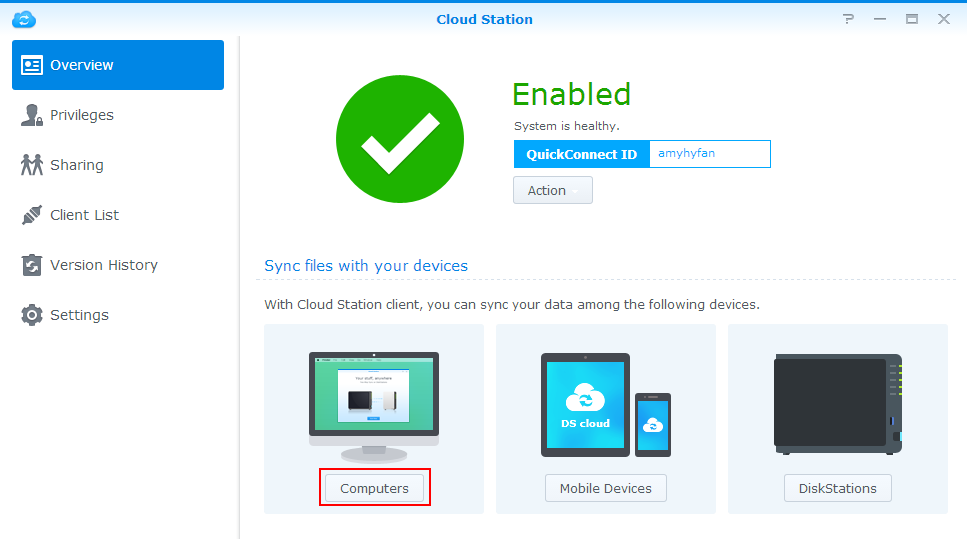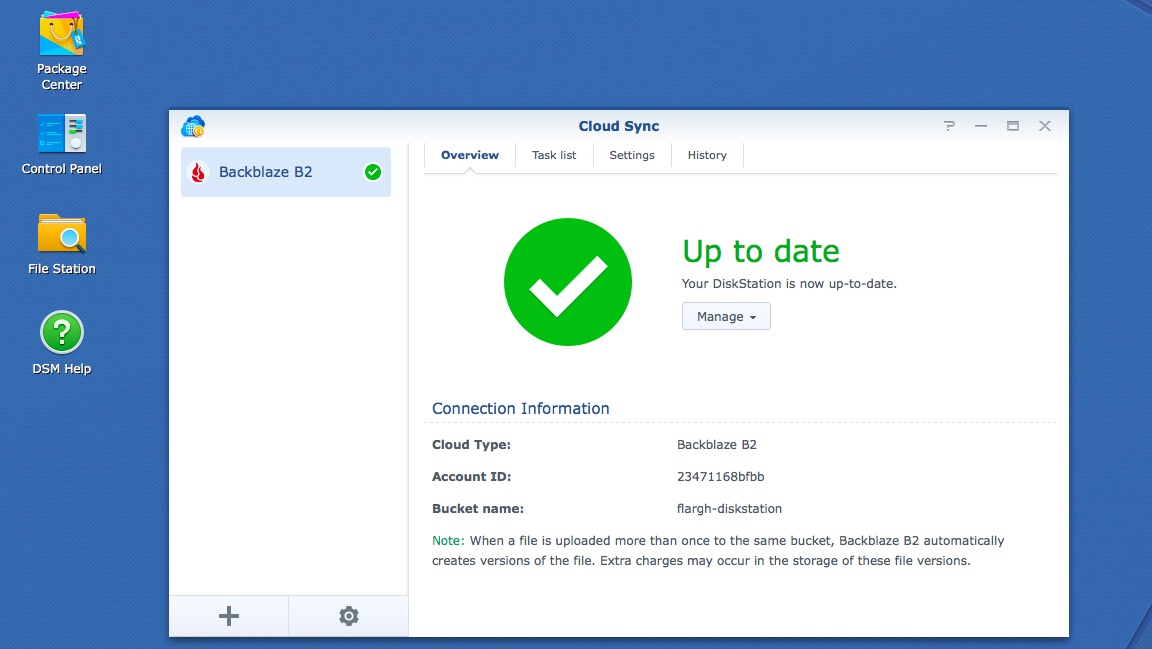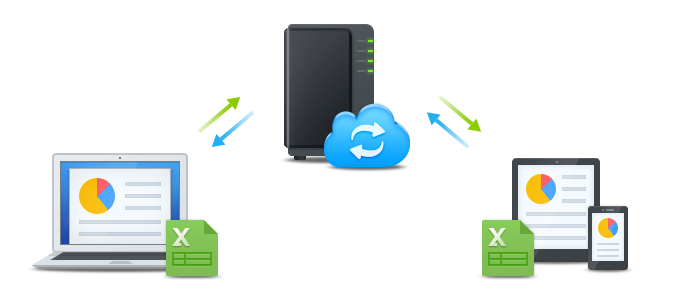
Third-party application support: If you want to add features or services to your NAS, you need to do that with third-party software-including media center software, web-server software, analytics, and more-so support from third parties is key.It’s also nice to have a USB port on the front of the NAS with a quick-copy function so you can copy the contents of a USB drive to or from your NAS without fussing around with software. If you plan on doing that on your own instead of with a cloud service, you’ll need your NAS to have a USB port so you can back everything up to an external drive. You should have two copies of every backup. At least two USB ports: Between backups, dongles, and other accessories, it’s nice to have at least two USB ports on a NAS.It’s better if the device can also send you an email or text message. Drive-failure notifications: A NAS should at the very least notify you with beeps and status lights if a drive fails.Music streaming should work via DLNA and iTunes without a complicated setup process.
SYNOLOGY CLOUD STATION BACKUP OFFICE TEMP SOFTWARE
You can do this using software from the manufacturer or third-party programs like Plex.

CPU and RAM: We preferred a reasonably powerful dual-core Intel Celeron processor, but we didn’t rule out ARM-based configurations as long as their processing speeds were similar.If you opt for a cheaper model, you usually sacrifice read and write speeds or end up with a less-polished operating system.

More than that, and you’re entering more complex and powerful business-class territory. Price: For home use, you don’t need to pay more than around $250 to $350 for a two-bay NAS (not including the price of the hard drives, unfortunately).Single-drive NAS devices don’t provide this sort of data protection, and NAS boxes with more bays introduce more complex RAID configurations, such as RAID 5, RAID 6, or RAID 10, that require more planning and research to configure. As a result, your data remains safe and accessible even if a drive fails. This setup gives you half the NAS’s actual amount of storage for files: For example, a NAS with two 8 TB drives in RAID 1 still has 8 TB of total space available ( equivalent to about 300 Blu-rays), not 16 TB. For most home uses, a two-drive NAS is just right because it protects your data by mirroring the contents of one drive to the other (a configuration known as RAID 1, or a mirrored array).




 0 kommentar(er)
0 kommentar(er)
